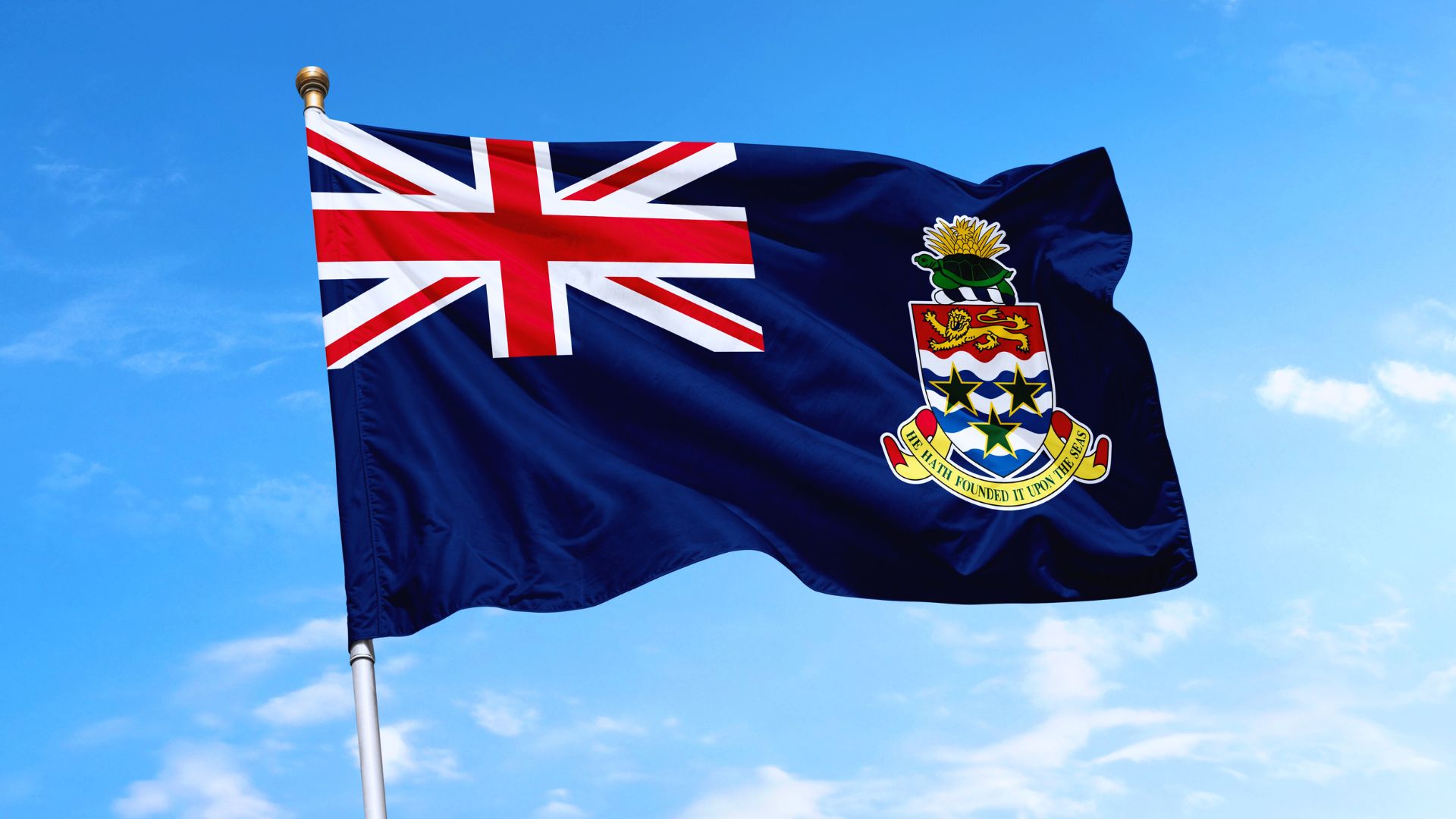Edmund Bartlett, Jamaica’s Tourism Minister, announced that the country has welcomed over 35,000 visitors since June 15, 2020, when it’s phased reopening of borders began. According to Bartlett, Jamaica expects to see another 30,000 tourists by the end of July, which would bring in approximately US$80 million in foreign exchange. Jamaica had closed all of its seaports and airports to incoming travelers on March 24, 2020, as part of a plan to control the spread of COVID-19. The reopening of the country was welcomed by hotel workers and others who depend on the tourist sector for their employment. Bartlett noted that protocols have been established to protect workers, visitors, and local residents; these protocols will be reviewed regularly to ensure the safety measures remain effective and secure. The Jamaica Center for Tourism Innovation developed a COVID-19 training video that focuses on the health protocols workers in the tourism sector must follow every day as they commute to and from their jobs to enhance their safety. Some 10,000 face masks have also been distributed to vulnerable workers to help keep them safe and to reduce risks of spreading the virus.
Bartlett went on to say that, around the world, small and midsized tourism enterprises play a major part in the economies of most countries. This is especially true in developing nations. In Jamaica, the tourism sector is dominated by such enterprises, Bartlett noted. These include artisans, craft vendors, tours, various attractions, transportation, restaurants, bed and breakfast accommodations, farmers, beauty shops, and duty-free stores. The network of small and midsized enterprises in Jamaica represents what Bartlett described as the “backbone” of the tourism sector and makes significant contributions to the quality of the tourism experience. It also enhances the completeness of the island as a tourist destination. He said that these enterprises have an integral role to play in helping to retain higher earnings on each supply-side dollar by making linkages stronger.
Photo source: 123rf






